In design and construction of any structure, the role of soil is very crucial. Since the soil is in direct contact with the structure, it acts as a medium of load transfer and hence for any analysis of forces acting on structure, one has to consider the aspect of stress distribution through soil, as stability of structure itself depends on soil properties.
Geotechnical study of site is crucial at feasibility stage, taking place before the design begins (a critical design input) in order to understand the characteristics of subsoil upon which the structure will stand.
What actually is Soil Stabilization
The process of improving the engineering properties of weak soil by using various stabilizing agents is called soil stabilization. Stabilization makes soil more stable by reduction in the permeability, compressibility and with increase in shear strength; it makes the soil more stable thus enhancing bearing capacity of soil.
Importance And Affects On Structure
Structures need a stable foundation for their proper construction and life long durability. Foundation needs to rest on soil ultimately, transferring whole load to the soil. If weak soil base is used for construction, with passage of time it compacts and consolidates, which results in differential settlement of structure. It may result in cracks in structure which can have catastrophic affect too. To avoid these future problems in weak soil, stabilized soil should be considered.
Methods of Stabilization
1. Mechanical Soil Stabilization
In this category, soil stabilization in achieved by physical process such as alteration and mechanical machines.
- By grading of soil particles i.e. changing composition of soil by adding or removing different soil particles.
- By compaction using devices such as rollers, tempers, rammers.
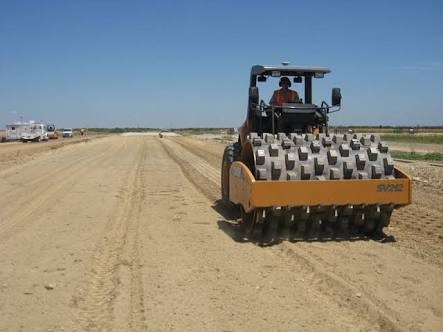
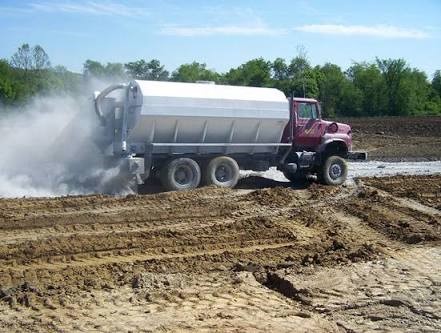
2. Chemical Stabilization
In this category, soil stabilization depends on chemical reaction between stabilizer and soil mineral.
It is done to reduce permeability of soil, increase shear strength and enhance bearing capacity by using chemical agents such as, calcium chloride, sodium silicate, cement, lime, bitumen.
- Calcium Chloride – It is mainly used in road construction work for stabilizing base and sub base course.
- Sodium Silicate – It is mainly used for fine and medium sands. Sodium silicate together with water and calcium chloride is injected for stabling soil deposit which improves the shear strength of soil.
- Cement – Cement being the oldest binding agent, is also considered as a primary stabilizing agent and is used to stabilize a wide range of soils. Stabilization process starts when cement is mixed with water, which results in hardening phenomena (hydration of cement). Setting of cement will enclose soil as glue, without changing the structure of soil.
- Lime – lime is an economic way of soil stabilization, used mainly in black cotton soils which are highly unstable. Quicklime when mixed with wet soil, immediately takes up water from surrounding to form hydrated lime, generates heat which causes loss of water which in turn results into increased plastic limit of soil.
- Flyash – Flyash is byproduct of electric generation plants based on coal fire. These are cheaper, environment friendly and easily available. It has little cementitious property compared to that of lime and cement. But in presence of activator (sodium-based solution) it can react chemically and improve strength in soft soil.
3. Geosynthetics
Geosynthetics are latest techniques used to stabilize soil strata, made from various types of polymers (Polyethylene, Polypropylene, Polyster, Nylon, Polyvinyl Chloride)
- GEOTEXTILES are flexible, textile like fabrics of controlled permeability used to provide reinforcement in soil.
- GEOGRIDS are grid like sheets used primarily as reinforcement of unstable soil.
- GEOCELLS are honey combed shape sheets used as a sub base support in soil.
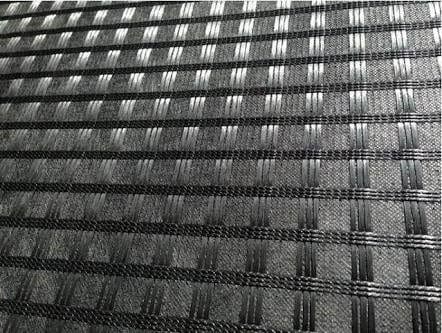
Types of Stabilization
1. In situ Stabilization
The method involves on site soil improvement by applying stabilizing agents without removing the soil. This can be used for deep foundation, shallow foundation, and contaminated sites. This is done by using techniques like grouting and injecting.
Grouting is a process in which stabilizers either in the form of a solution or suspension are injected into soil. The choice to either use dry or wet mix depends on in situ soil conditions, in situ moisture content, effectiveness of binders, and nature of construction. Depending on depth of stabilization it may be deep mixing or mass stabilization.
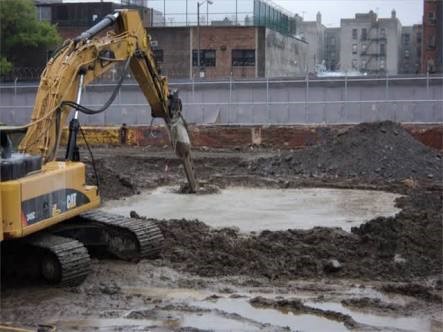
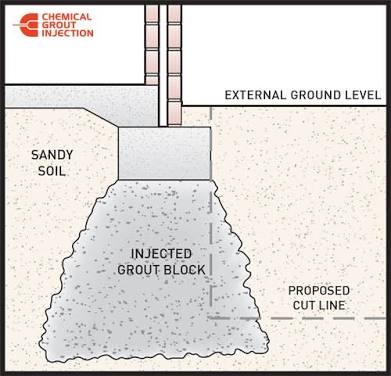
2. Ex Situ Stabilization
It involves removing of the soil or sediments from the original position and moved to other places. These can be encountered during dredging of river channel and ports. It is normally not done for common structures.
Stabilization of soil is very important as ultimately, it is soil which bears the complete load (dead, live, seismic, wind). A structure is finally safe if its foundation is safe.
Stabilization of soil may cost you, though it’s beneficial to improve the quality of soil. If required, rather than to play with the safety of structure and feel guilty for the settlement of structure in near future.
 (+91) 7249196273
(+91) 7249196273
